In This Month’s Newsletter
New Classic Salaries Are Here
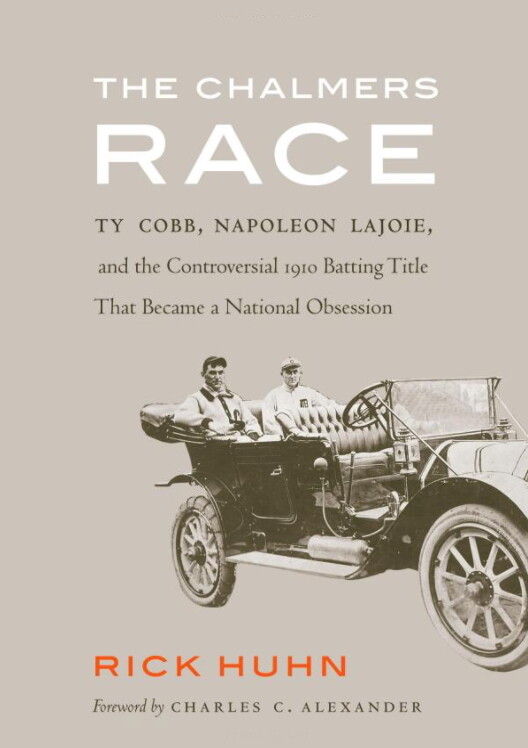 We adjust the salaries of Classic (career-rated) players three times annually, with the most recent update occurring on “Black Friday” just past. This time around we made a change to our “supply-and-demand” model, giving extra weight to player usage on teams that reached the playoffs.
We adjust the salaries of Classic (career-rated) players three times annually, with the most recent update occurring on “Black Friday” just past. This time around we made a change to our “supply-and-demand” model, giving extra weight to player usage on teams that reached the playoffs.
Last iteration, Babe Ruth’s salary dropped below $30 million for the first time in nine years. His time as a “bargain” was short lived, as the latest changes saw his salary jump back up to $31,984,000, an increase of $2,503,000, which was the largest received by any player. A trio of top CF’s got the next largest increases: Mickey Mantle $2,467,000 (from $26,856,000 to $29,323,000), Willie Mays $2,383,000 (from $23,818,000 to $26,201,000) and Ty Cobb $2,372,000 (from $23,413,000 to $25,785,000.
At the other end of the spectrum were four players who likely will be at or near the top of everyone’s wish list in the coming months: Nap Lajoie dropped $2,540,000 (from $19,146,000 to $16,606,000), Joe DiMaggio $2,531,000 (from $23,047,000 to $20,516,000), Duke Snider $2,179,000 (from $18,471,000 to $16,292,000) and Todd Helton $2,175,000 (from $18,440,000 to $16,265,000).
SSG 2020 Season
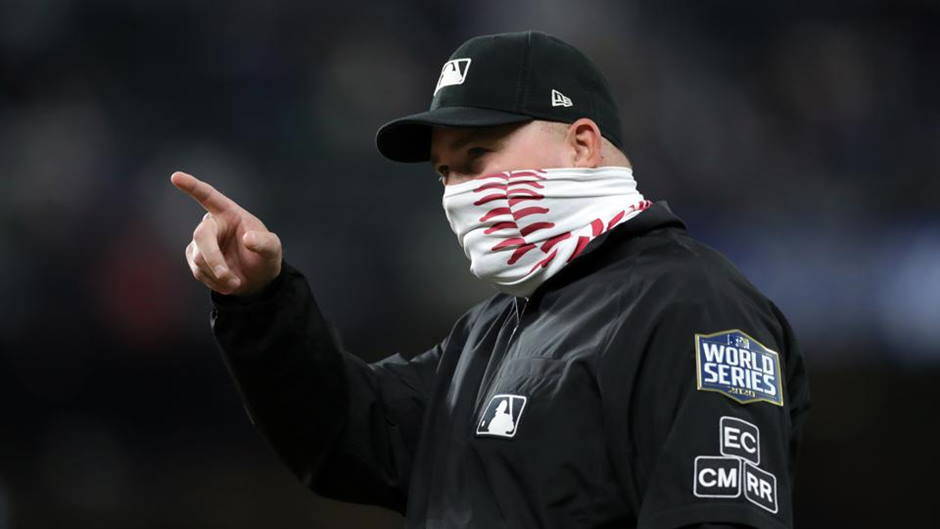
Our team is hard at work creating the SSG 2020 season, which presents more challenges than usual.
We’ve already added as Custom league options, rules that were planned for introduction in 2020 before the season was curtailed by COVID-19: the “three batter rule” for relievers, 26 player active rosters, and limits on the use of position players as pitchers.
Because the actual season was so short, we will be making a change to the way PTL works as well. Currently, if you increase the overall “default” PTL from 110%, PTL v L/ R (if enabled) increases proportionately as well from the default 200/150%, but PTL for the playoffs remains unchanged at 10% for each 7-game series. We will be changing this, so that the playoff 10% also increases proportionately if overall PTL is increased. This change will make the way PTL works more adaptable to the shortened 2020 season.
We also are working on the rule, which will be available as a Custom league option, providing that extra innings start with a runner on second base.
What They’re Saying
The Diamond Mind Online message boards are a lively place, with a vibrant community engaged in, amongst other things, discussions of baseball (real and simulated), enthusiastically providing advice to those requesting it, and debates about culture and politics.
Occasionally a message board topic really captures the imagination of the community. Here are a couple of recent examples of note:
Bervic started the topic, Favorite baseball quotes, which has garnered a huge, and often hilarious, number of responses.
Dvdavins asked whether there are any players you used to confuse?, which also garnered a large, and entertaining, number of replies.
And larrymac has posed the question: who was the Greatest 19th Century Player?.
Why not check out the message boards now?
SSG Playoff Tournament Highlights
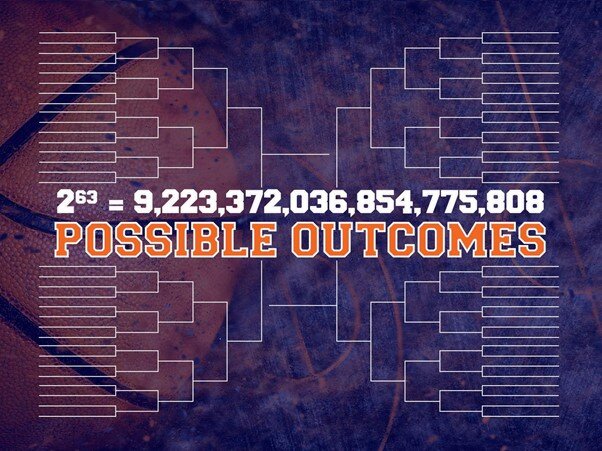
Round 1 of the SSG Playoff Tournament is complete.
This is a bracket-style tournament that started with 64 teams, divided into 32 two-team Turbo “leagues”. The winners now move on to Round 2, vying for a place in the “Sweet 16”.
Here are some of the “leaders” from Round 1.:
• Racking up the most wins in the round was Bob Jecmen (113 in SSGPO-31). Chris Visser notched 109 wins (SSGPO-29) and Scott Matranga 108 (SSGPO-13).
• BA: ’29 Frankie Frisch .357 (SSGPO-5)
• HR: ’02 Alex Rodriguez 63 (SSGPO-6)
• RBI: ’54 Ted Kluszewski 167 (SSGPO-23)
• W: ’43 Spud Chandler 25 (SSGPO-14)
• ERA: ’10 Adam Wainwright 1.95 (SSGPO-19)
• K: ’02 Randy Johnson 270 (SSGPO-17)
The head-to-head format produced some unlikely “Triple Crown” winners:
• Batting Triple Crown (BA/HR/RBI): ’77 Dave Parker .337/15/89 (SSGPO-10), ’95 John Valentin .278/27/87 (SSGPO-29)
• Pitching Triple Crown (W/ERA/K): ‘43 Spud Chandler 25/2.69/210 (SSGPO-14), ‘64 Dean Chance 24/2.25/194 (SSGPO-13), ’10 Roy Halladay (19/2.81/185) (SSGPO-11), ’08 Tim Lincecum 17/3.91/210 (SSGPO-32), ’66 Gary Peters 16/3.00/183 (SSGPO-9), ’88 John Smiley 14/3.12/143 (SSGPO-01), ’53 Johnny Antonelli 10/3.36/157 (SSGPO-15)
There were a few close leagues, including one that went to a Game 163 winner-take-all decider (SSGPO-4), but overall the leagues were fairly one-sided, with the average record for the 32 winning teams being 93-69!
The Tipping Point
Each month we’ll offer a few tips in this space that may come in handy for the beginner as well as the experienced team owner.
If you’re playing in a three-games-per-day league, it’s likely that your league will allow loans and pay daily interest on cash balances.
Your league’s weekly payment schedule, the respective interest rates, the player pool available to your team, and whether you’re playing in a Classic (career-rated) or SSG (single-season) league all will impact on how you manage your finances to best effect.
There also are timing issues common to all league configurations to be considered. Keep the following in mind: daily payments on account balances are made at 12 noon PT (between the second and third sim runs of the day); interest on loans is recalculated after 3 p.m. PT (so a loan taken out after that time will incur one less day’s interest).
Weekly payment schedule. Try to coordinate your upgrade plan with your payment schedule to maximize the interest you earn on your unused bank balance and minimize the interest you pay on loans. In an SSG league, you also should take PTL into account. Say, for example, you plan to upgrade Player A with Player B, and their combined PA or IP is more than you’d need to cover the entire season. Rather than waiting for a weekly payout to make the change, it may be more cost effective to take out a loan and upgrade sooner, as the cost of Player A’s PA or IP until the upgrade might be more than, or not appreciably less than, the cost of a loan to acquire Player B a bit sooner. And, if Player B is also the “better” player, in this scenario it makes sense to make the move sooner with a loan.
In any type of league, if you are adding a starting pitcher, you can earn an extra day’s interest, without losing a start from him, if you add him after the week gets underway, after 12 noon PT, and insert him into the third or fourth (or spot starter) slot in the rotation. If you plan on taking out a loan to add the pitcher, you can pay one less day’s interest, without losing a start from him, if you add him after 3 p.m. PT, and slot him into the fourth (or spot starter) slot in the rotation.
Interest rates on loans and bank balances. The default interest rates on loans and bank balances are 15% and 5% weekly, but these often are varied in Custom leagues. An extreme example is so-called “rags to riches” leagues. These generally have low initial salary caps, high weekly payments, costly interest rates on loans, and generous interest rates on account balances (creating incentives to hoard cash to maximize your upgrades.)
For Classic leagues, taking out at least a small loan in the preseason to upgrade a player can make sense, since you save the 25% “haircut” on the player’s salary that it would cost you if you upgraded him after the season starts. Eliminating this cost can more or less offset the interest cost of the loan.
Note that before the season starts, you do not earn interest on cash balances, but you do pay interest on loans for every day, including preseason days, until the loan is repaid. So, unless you are particularly concerned that a free agent you’d like to sign may be signed by another club, it makes sense to plan your upgrades, if they will involve taking out a loan, but not executing them until right before the season. For a Classic league, make sure you get them done before then, because once the season starts the “haircut” on a released player’s salary applies. But, in an SSG league, you may be able to wait and save a day’s interest. If, for example, the guy you are planning to sign is a starting pitcher you won’t necessarily need for Opening Day, t will cost no more to release him after Opening Day, if he hasn’t pitched at all, than if you had released him before Opening Day.
Avoiding a loan substantially more than your next upcoming payment generally is preferable. If your loan will take more than one week to repay, the cost is much greater, because of the effect of “compound” interest.
But whether to take out a loan, and when, also depends on the nature of your league’s and your team’s player pools. If teams will be competing for a limited number of good players, the cost of a loan must be balanced against the risk of missing out on a player. If there are players for whom you have “exclusive rights”, players you’re interested in who are less likely to be of interest to others, or there are several similar players available to you, you can afford to be patient and minimize your interest cost and/or maximize interest income.


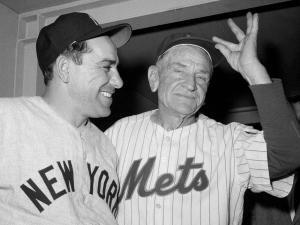
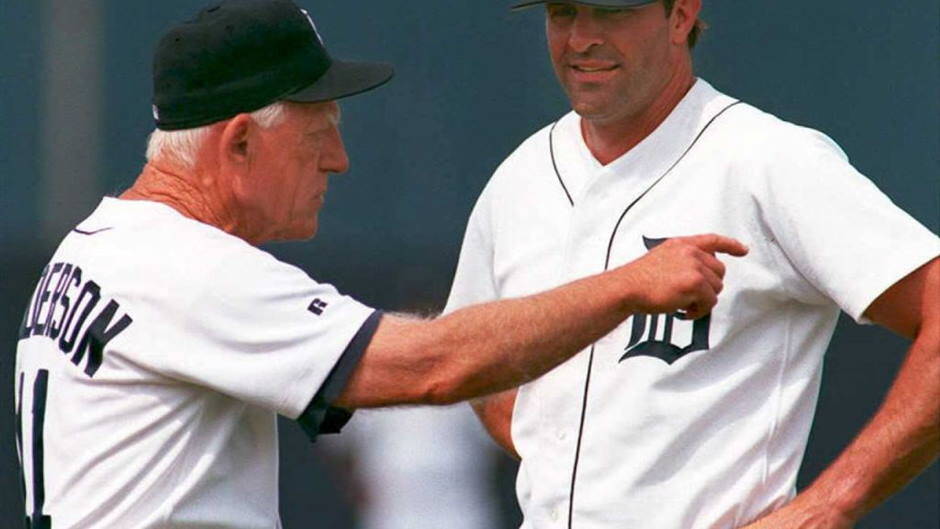

Leave A Comment